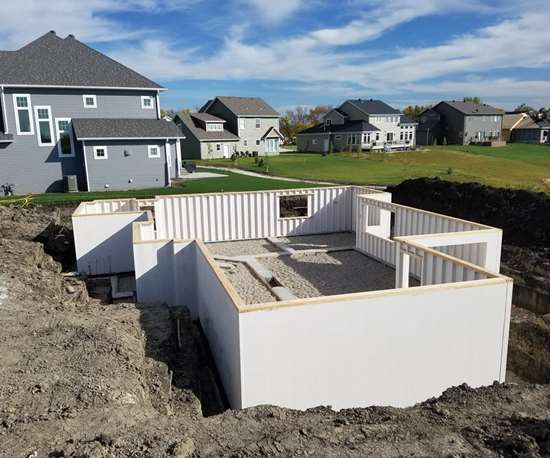Indicators on Residential Hospice Foundation – Living Out Our Commitment You Need To Know


Foundation plan of a residential house - Cadbull
Residential and PHP Treatment - Foundations Recovery for Beginners
It is typically more cost-effective if the masonry unit's compressive strength varieties between 1,500 and 3,000 psi. The standard block used in residential and light-frame business construction is generally rated with a style strength of 1,900 psi, although other strengths are offered. Concrete masonry systems are described by grades according to their meant use per ASTM C90 (ASTM, 1999) or C129 (ASTM, 1999).
Grade S might be utilized above grade. The grades are described listed below. Grade N is generally needed for general use, such as in interior and backup walls, and in above- or below-grade outside walls that may or might not be exposed to moisture penetration or the weather. Grade S is generally restricted to above-grade use in exterior walls with weather-protective coatings, and in walls not exposed to the weather condition.
Type I is a moisture-controlled unit that is generally specified where drying shrinking of the block due to moisture loss might result in excessive splitting in the walls. Type II is a non-moisture-controlled unit that appropriates for all other usages. Residential structure walls are usually constructed with Type II systems.

Photos - EASTERN CONCRETE FOUNDATION, INC.

11 Facts You Didn't Know About Residential Foundation Engineering
Some Known Details About Progress Foundation - Innovative Community-based
Concrete masonry systems are usually described as lightweight, medium-weight, or normal-weight, with respective unit weights or densities less than 105 pcf, between 105 and 125 pcf, and more than 125 pcf. Residential foundation walls are normally built with low- to medium-weight units due to the fact that of the low compressive strength required.
A typical practice in domestic basement foundation wall building is to supply a cement-based parge finish and a brush- or spray-applied bituminous coating on the below-ground portions of the wall. This treatment is normally needed by code for basement walls of masonry or concrete building; however, in concrete building, the parge covering is not required.

The net concrete cross-sectional area of a lot of concrete masonry units ranges from 50 to 70%, depending on unit width, face-shell and web thicknesses, and core setup. This Site are specified as those in which the net concrete cross-sectional area is less than 75% of the gross cross-sectional area. Strong systems are not always strong however are defined as those in which the net concrete cross-sectional area is 75% of the gross cross-sectional location or greater.
